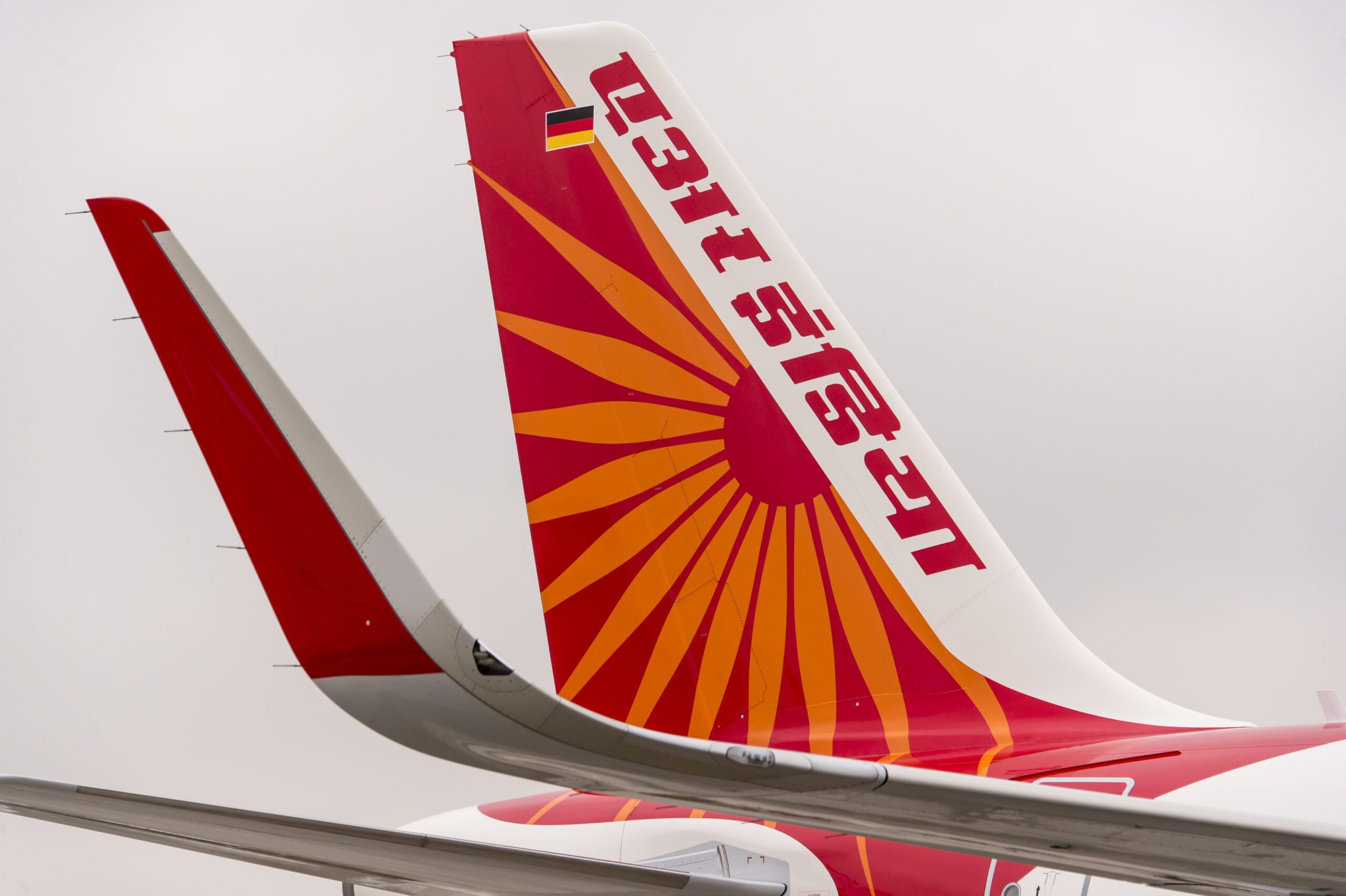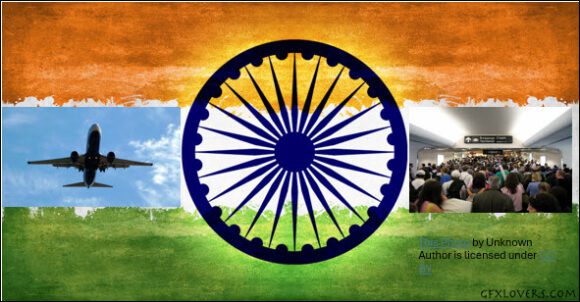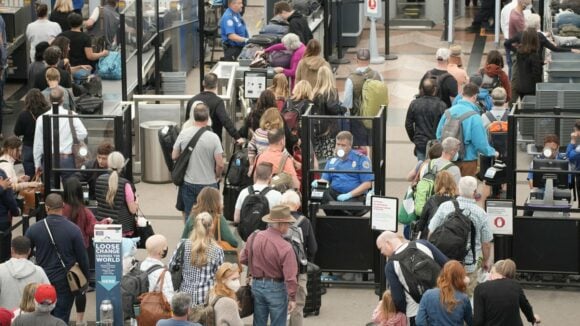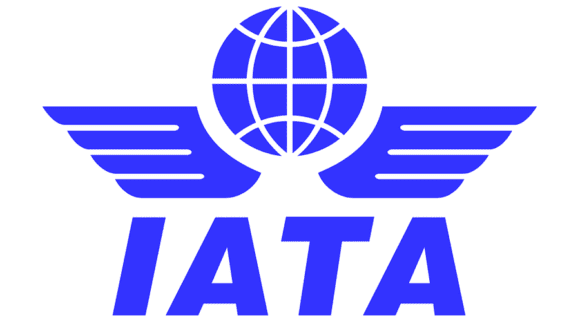
A320 Air India scaled
In his first public comments since the deadly June crash, Air India CEO Campbell Wilson took to the stage last week to field questions about the airline’s future. He underlined that despite the challenges — including the tragedy itself — the show must go on. He reiterated that the Tata Group remains focused on transforming Air India into a global player to reckon with.
“We have faced unprecedented challenges this year. But Air India must keep going — improving, growing, and learning — despite everything that comes our way,” Wilson told a packed hall. “It is only going to get bigger, because we’ve got 524 new aircraft to be delivered till 2031… that means we will be taking delivery of one aircraft every six days.”
To achieve that ambition, however, the airline will continue to need fresh financial lifelines — as evident from a news report that surfaced around the same time. The loss-making Air India has sought additional funding of at least $1.2 billion from its owners, Tata Sons and Singapore Airlines, as it battles the fallout of India’s worst aviation disaster, persistent supply-chain bottlenecks, and geopolitical disruptions, even as it keeps its eye on the ongoing turnaround.
According to a Bloomberg report, Air India has asked its shareholders for extra capital to strengthen its engineering, maintenance, and service systems. People familiar with the matter said any infusion would likely be proportional to ownership, with Tata Sons (which holds 74.9%) and Singapore Airlines (which owns the rest) deciding whether to route funds as an equity injection or an interest-free loan.
Singapore Airlines quickly confirmed that it has been “working closely with Tata Sons to support Air India’s transformation programme,” and would continue to provide expertise and operational support where necessary.
Wilson also noted that the preliminary report of the June Boeing 787 crash found “there was nothing wrong with the aircraft, engines, or our operating practices.” Still, he added that “we’re always introspecting, always improving.”
Following the crash, the airline temporarily cut international operations by about 15% to conduct additional safety checks — a schedule that has since largely normalised.
Compounding its troubles, the India–Pakistan clashes in May and disruptions caused by the Israel–Palestine conflict have weighed heavily on the airline’s operations and profitability. “The airspace closures alone have had a financial impact of about ?4,000 crore ($480 million),” Wilson said. “It’s been a challenging year in anyone’s books.”
He added that supply-chain delays could push the turnaround timeline slightly. “If we order a wide-body aircraft today, it will be delivered only in 2032,” he said. “Even First-Class seats built to our specifications take up to seven years to arrive.”
Despite the setbacks, Air India’s scale remains formidable. The airline group now operates nearly one flight every 65 seconds across its network, employs around 30,000 people, and has one of the largest aircraft orders in commercial aviation history — 524 aircraft scheduled for delivery through 2031.
Refurbishment of the wide-body fleet is underway, with 26 Boeing 787s to be reconfigured by 2027, while narrow-body upgrades are also progressing. The airline earns roughly 60% of its revenue from international routes, with a quarter of that from North America.
Beyond these challenges, there is also intensifying competition from IndiGo, which is expanding into Air India’s international turf with new flights to London, Copenhagen, Amsterdam, and Manchester — a move that could be making Air India restless. The arrival of A321XLRs this winter will also give IndiGo a footprint in southern Europe, starting with Athens.
Clearly, the coming year will see Air India and IndiGo battle it out not just for dominance in the domestic market but also for share on long-haul international routes. How all this plays out may only be known by around 2027, when Air India’s five-year turnaround plan comes to a close — and IndiGo reports its first full fiscal year of wide-body operations on its own.
Views: 181



